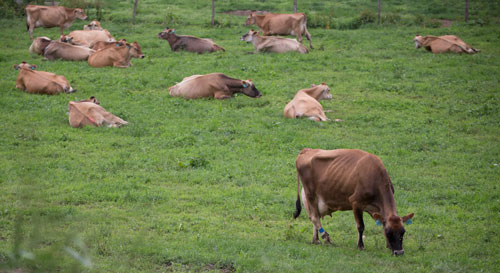
by Amanda Smith, Associate Editor
The popular press pounced on Washington State University's study after grand assumptions were drawn about the CLA superiority of organic milk. As this sentiment sprung up across major news organizations, it left the door open for the nonfarming public to misinterpret the research.
The conclusion many drew: organic milk has more CLA.
The conclusion that should have been drawn: milk from any cow that grazes has a superior CLA content, and the benefit only kicks in with whole milk consumption. Additionally, the gains were seen primarily in the summer and did not persist through winter.
NPR made such a generalization. This prompted John Fetrow, D.V.M., and professor of dairy medicine at the University of Minnesota, to author this response.
Fetrow points out that organic milk sources, in the summer, will be higher in Omega-3 fatty acids. He then makes note of two questions the data do not address; that have been overlooked as the information has spun through cyber space.
1. Does the 62 percent increase in Omega-3 fatty acids in organic milk (more accurately milk from summer-pastured cows) rather that conventional milk contribute substantially to the Omega-3 content of a typical diet?
2. Does the boost make a real difference in health outcomes? (There is no data to support this question).
Fetrow's full letter can be downloaded here.








